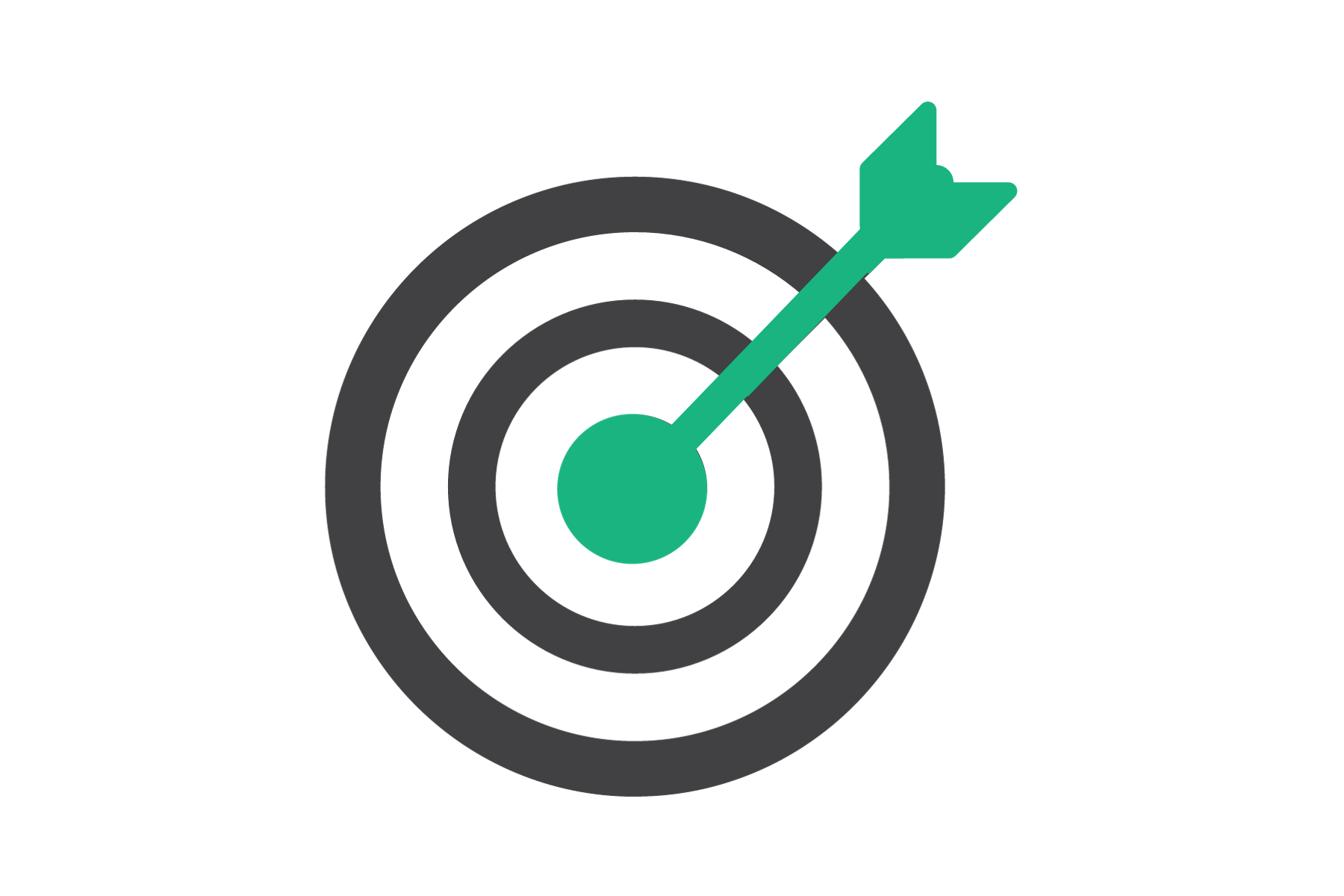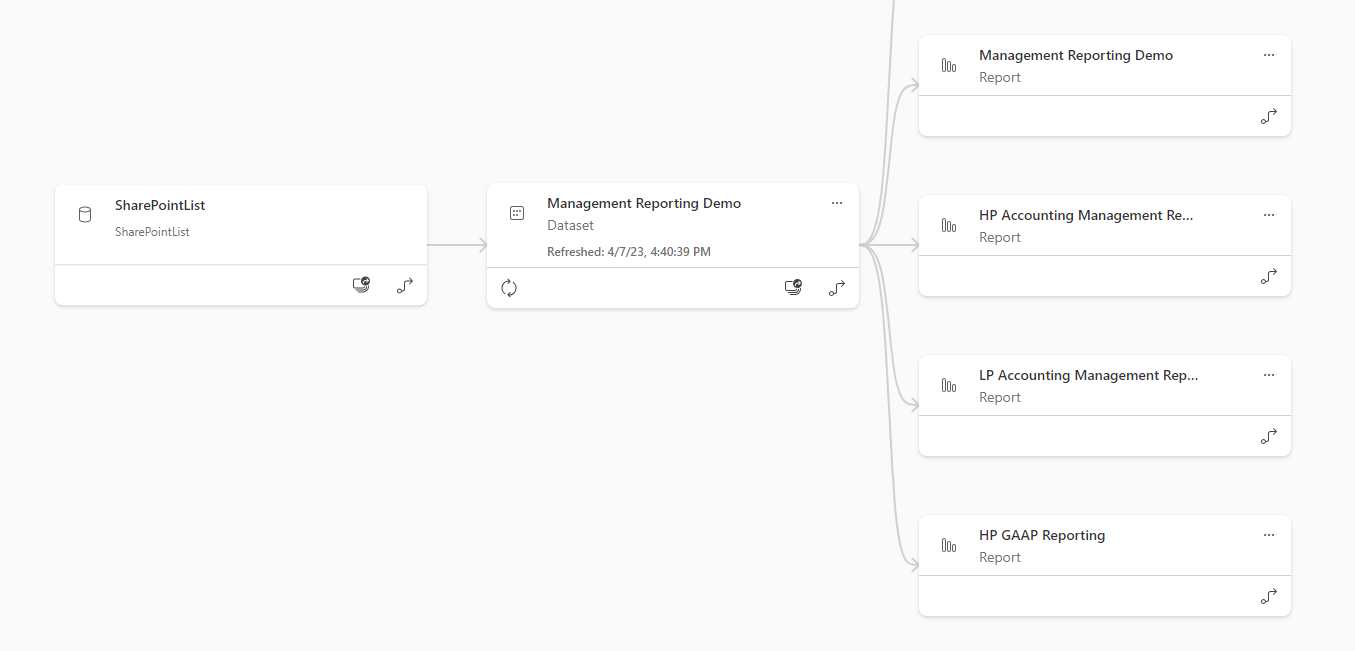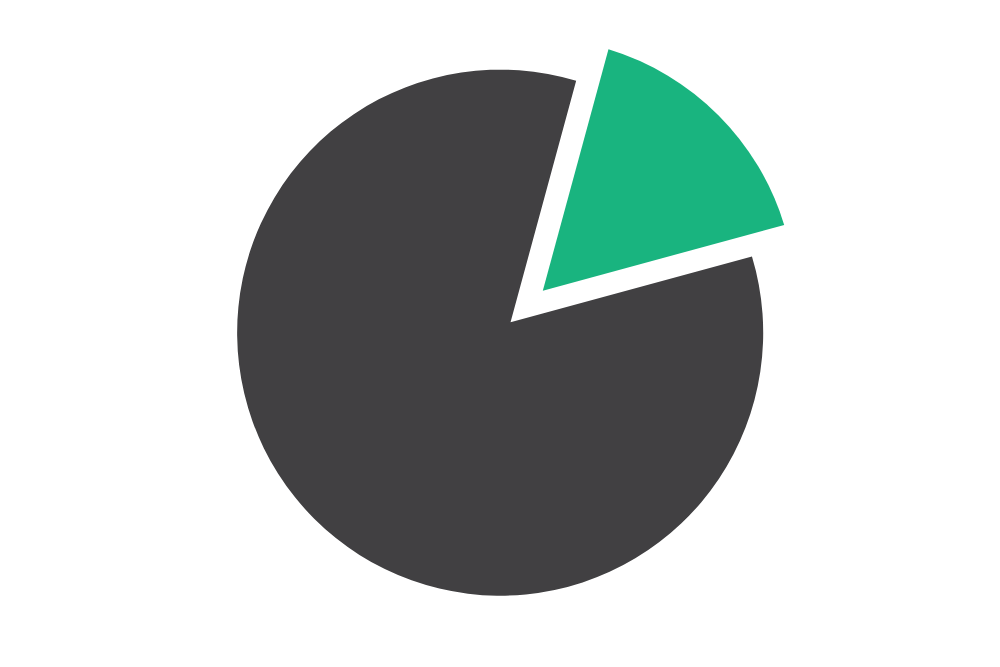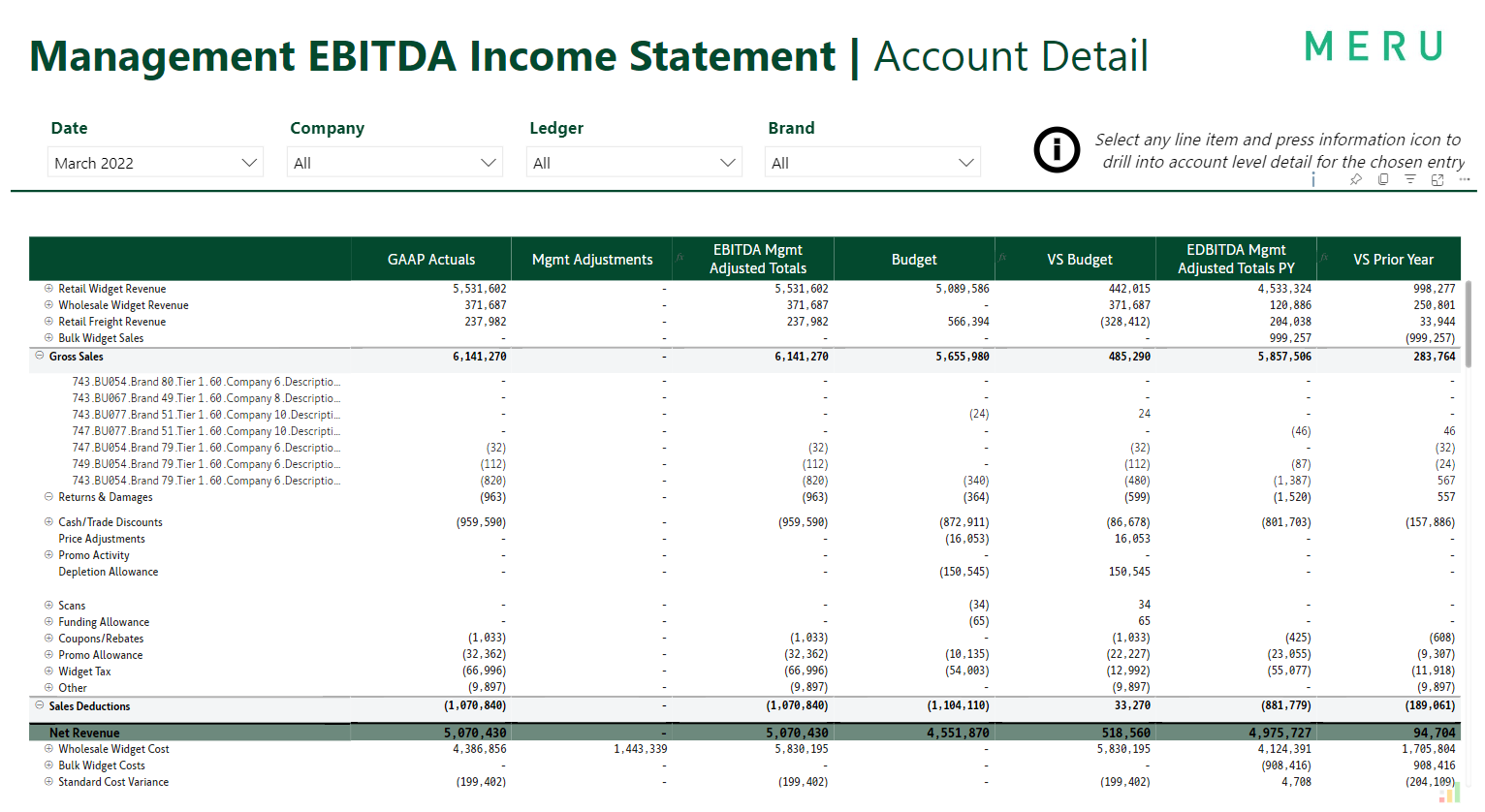
Companies waste valuable time and money on manual processes to generate financial reporting. There is a better way.
These inefficient manual processes lead to delays in reporting, inaccurate financials, and poor version control across departments. In recent years, financial statement automation has become a more accessible opportunity for all companies due to the evolution of low-code, cloud-based technologies dubbed as the modern data stack. Using a combination of these technologies, companies can integrate data from multiple sources and automate financial reporting in a matter of weeks with little maintenance needed after the solution is launched. This automation saves thousands of hours of FP&A and accounting teams’ time and frees them to focus on higher value projects and analysis. We explore the differences between manual and automated financial reporting, the benefits of automation, and the processes to achieve automation.
Drawbacks of Manually Created Financial Reporting
Due to reporting limitations of ERP systems and multiple data sources (usually due to acquisitions) it is common to have finance teams export data from their ERP systems and stitch financial statements together via Excel. This time-consuming process usually involves multiple inputs, complex formulas, and leaves a lot of room for manual error. Additionally, due to the manually intensive nature of this reporting it is difficult to maintain version control of your financial reports and nearly impossible to validate transactional data. Time that could’ve been invested into analyzing financials, identifying trends and value drivers, and growing the business is wasted in the burdensome requirement to reconcile the data.
Just five years ago, automating financial reporting would require months of development effort and a dedicated team of engineers. Today, however, this can be achieved in a matter of weeks with one data architect leveraging a combination of cloud hosted products that reduces the need to hire a team of engineers. The overall outcome of using these cloud products to automate financial reporting is accuracy through improved data quality, increased internal efficiency, organizational consistency, and insightful visualizations to allow for data-driven decision making.

Integrating data across multiple sources and ERP systems is often the biggest hurdle in financial reporting,
but with the modern data stack this integration is greatly simplified.
Four Benefits of Financial Reporting Automation

Accuracy
Automated financial statements are essential because they provide accurate data by reducing the risk of errors. Any manual data process will have errors, especially when developing something as complex as financial statements. Oftentimes there will be multiple users that are developing the statements, creating inaccuracies in the data and confusion among peers.
Automating the process greatly reduces the chance for inaccuracies because the data and calculations will be transformed and developed the same way each time. Human error should not be a factor when creating something as important as financial statements. Once the financial statements are automated, accurate and consistent, consumers of the reports, such as auditors, develop trust in the numbers.

Internal Efficiency
Automating financial statements is akin to rolling a snowball downhill in terms of realizing internal efficiency gains. Analysts, accountants, and other FTEs will save hundreds of hours of time each month that they previously spent on developing, validating, and maintaining financial reporting. This is time that they did not have before that can be used towards high value-add activities such as identifying opportunities to grow the top line, reducing costs, or optimizing profitability.
Additionally, having accurate financial reporting available at the push of a button will greatly improve processes such as closing the books at the end of the month, which will give even more time back to FTEs that can be spent on high value-add activities. Executive teams and sponsors also benefit by having immediate access to the data they need in real-time, allowing for informed, data-driven decision making.

Leveraging tools like Power BI allows the creation of “one source of truth” to drive
all financial reporting across an organization.

Consistency
Inconsistent definitions across different business lines in a company are a common source of frustration. For example, when the accounting team produces their reporting, they may define a certain transaction to be COGS while FP&A may consider it to be SG&A. When the CFO asks both teams for gross margin, they will hear two completely different numbers due to inconsistent definitions. Automation empowers companies to speak the same language across all of their teams by establishing one source of truth for financial reporting, ensuring consistency and accuracy throughout.
Moreover, automated financial statements enables users to drill into their data to see the breakdown of accounts down to the transaction level, allowing traceability and audit. Data consistency will lead to a single source of truth and efficient communication throughout the organization from the executive to the analyst level.

Insightful Visualizations
Using the modern data stack to automate financial reporting allows for visualizations that provide a deeper understanding into what is going on in your business. While ERP and accounting systems have limitations to their reporting, the modern data stack allows for robust, flexible, and dynamic visualizations. An example of this is being able to drill down to transaction level detail into the income statement without having to navigate to other tabs or reports, allowing for detailed analysis into performance and outliers.
Another example of this is producing a waterfall chart to display the key drivers for financial results. The added capability of insightful visualizations further encourages executives and analysts to focus their time on deep analysis and decision making.

Robust visualizations allow for drilling down into different account levels to identify details,
look at trends across time, filter for specific business units, and much more.
Conclusion
By leveraging the modern data stack’s suite of products, companies can now achieve results that used to take millions of dollars and months of development at a fraction of the time and cost. The middle-market stands to be the biggest beneficiary of these advances in cloud computing as those companies are now able to achieve the same level of sophistication in their financial reporting as larger organizations. Simply put, financial reporting automation is now accessible to a greater audience and in the coming years companies will need to embrace these technologies to stay ahead of their competition.
Click here to learn more about how MERU partners with clients to transform data from a liability to an asset.
Authored by: Sloan Jinks, Data Analyst, and Vadim Grakhovskiy, Data Insights Practice Leader










